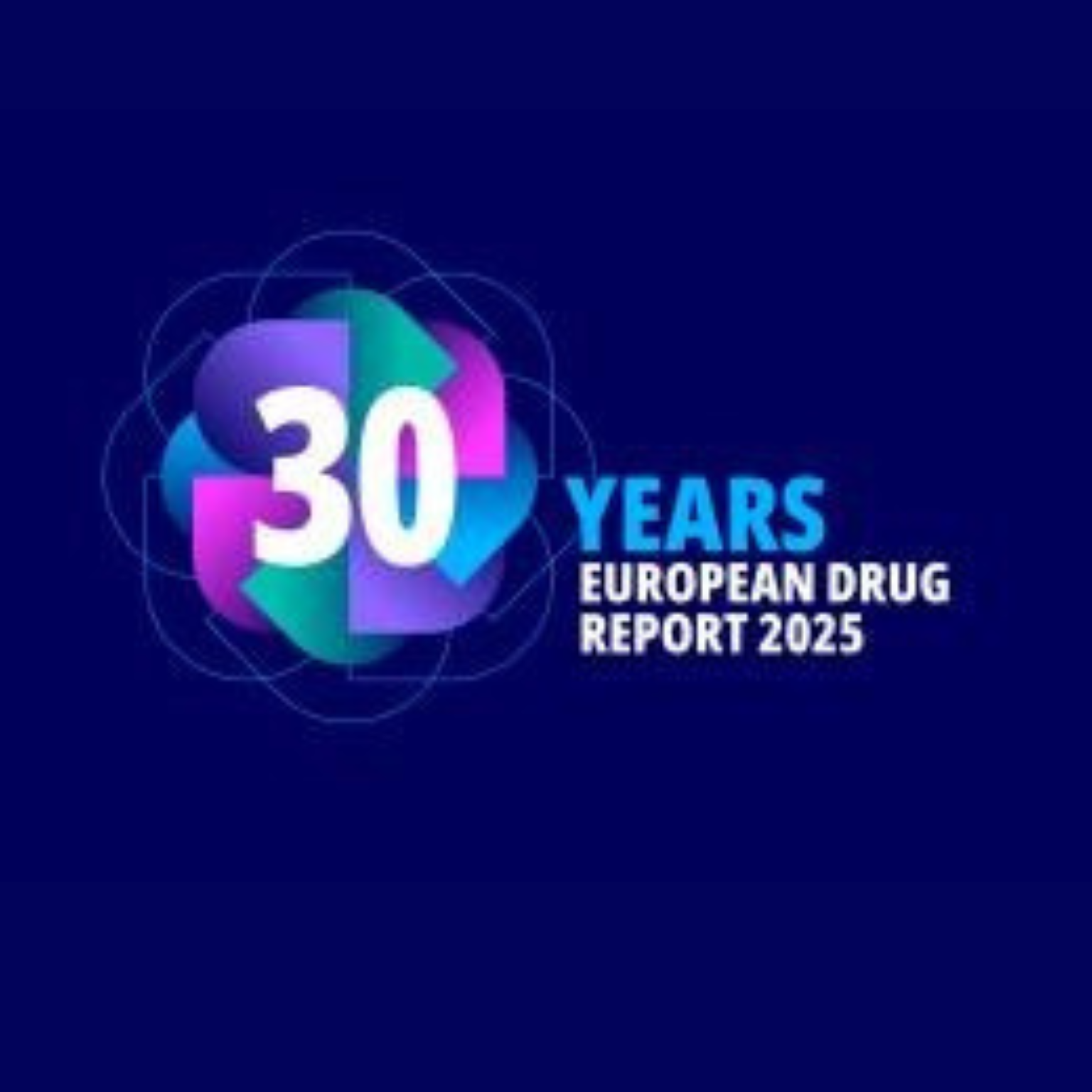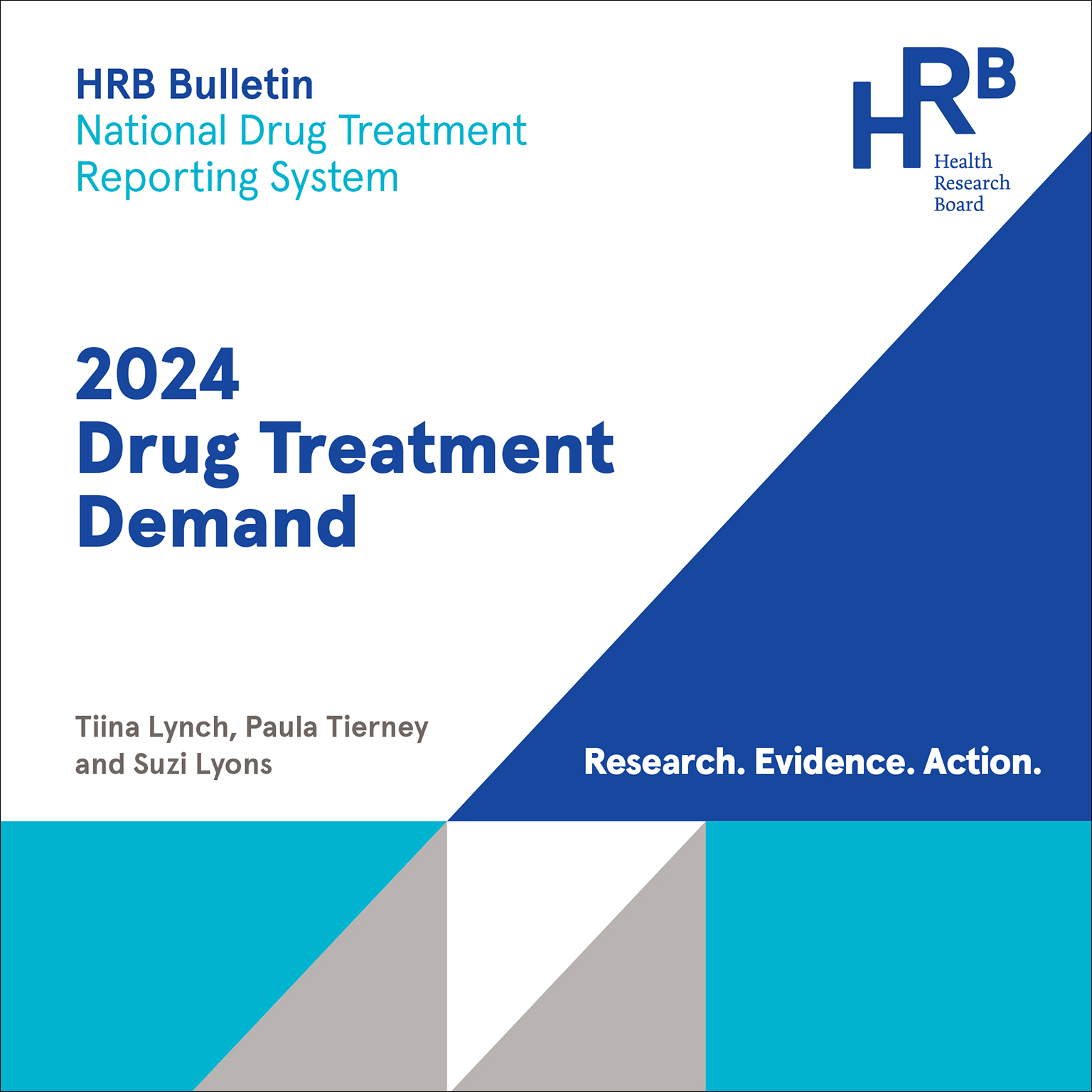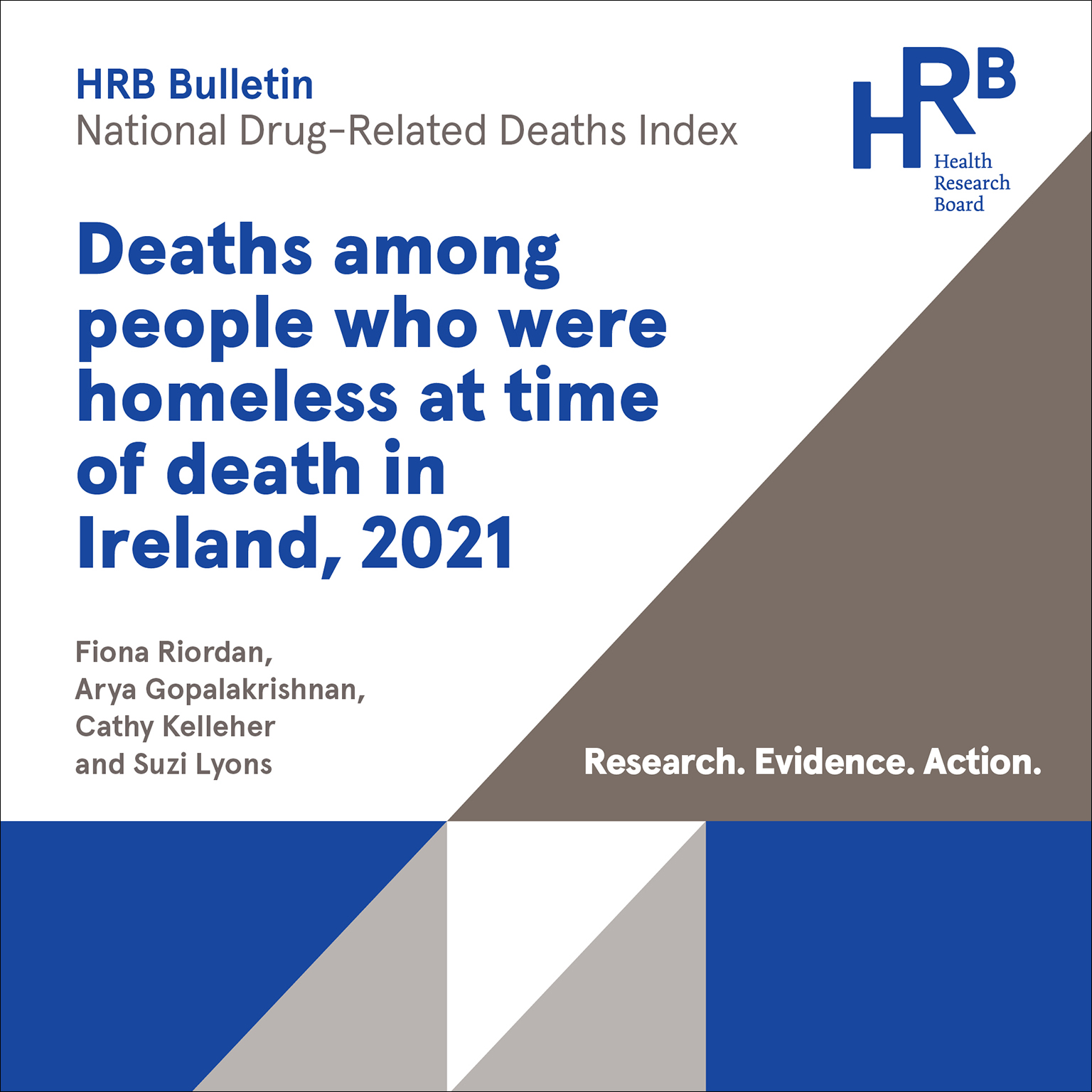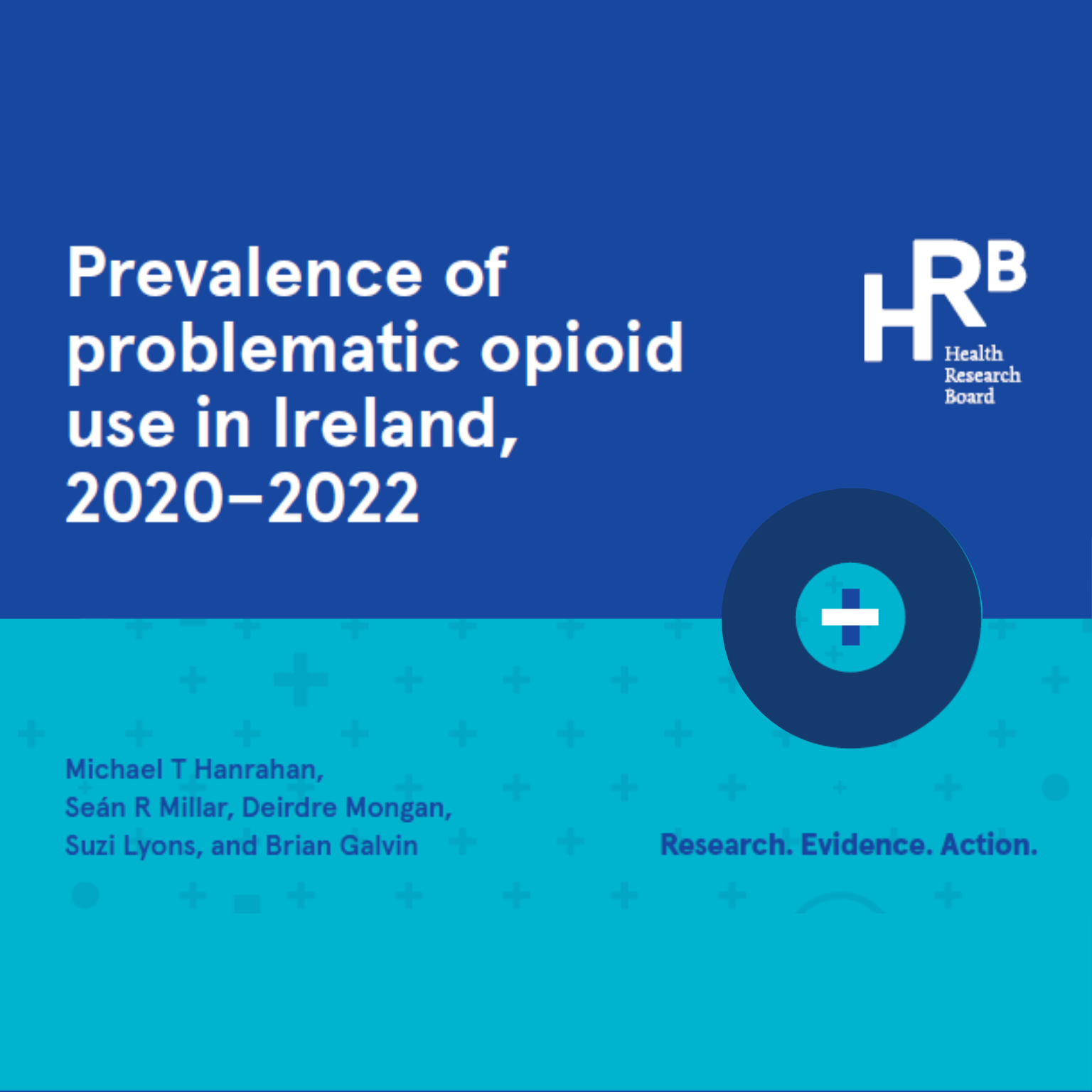HRB report sharp rise in cocaine treatment
The latest drug treatment figures from the Health Research Board (HRB) show a 50% increase in the number of cases presenting for cocaine treatment between 2017 and 2018.
5 min read - 7 Nov 2019
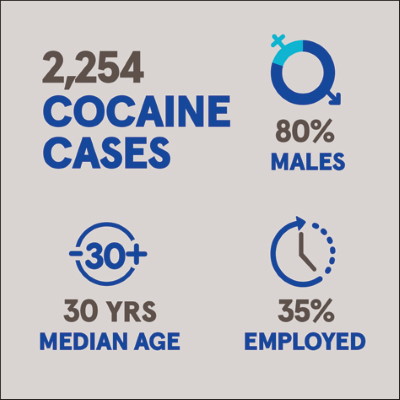
While opiates remain the most common drug reported among cases treated for drugs use (42%), cocaine (22%) is now rivalling cannabis (23%) as the second most common drug that people receive treatment for.
Key figures on cocaine 2018
- A total of 2,254 cases were treated for cocaine use in 2018, a 50% increase on 2017 figures, and more than trebling the number of cases in 2012 (666 cases).
- The number of new entrants to treatment has risen from 297 in 2012 to 1,232 in 2018.
- The median age for cases treated has increased from 29 in 2012 to 30 in 2018.
- Males accounted for 4 in every 5 cases (80%) over the reporting period.
- The proportion of cases in paid employment increased from 16% in 2012 to 35% in 2018.
- The proportion of cases that reported using more than one drug decreased over the period from 77% in 2012 to 56% in 2018.
- The most common additional drugs reported among cocaine cases were alcohol (56%), cannabis (48%) and benzodiazepines (24%).
Dr Darrin Morrissey, Chief Executive at the Health Research Board says,
‘The 50% increase in cocaine dominates the figures published today. It represents the majority of the increase in all treatment cases. HRB figures show a consistent rise in treatment for cocaine since 2013 with the biggest increases in 2017 and 2018 and highlights a changing pattern of drug use during the recent economic recovery’.
‘Drug treatment data is an important source of information because it is an indicator of the harms of drug use among the general population. By providing timely data the HRB can help increase awareness of risk, but also inform decision makers who can make appropriate responses to reduce harm and support recovery based on evidence’.
Commenting on the latest figures from the National Drug Treatment Reporting System, Dr Suzi Lyons, senior researcher at the HRB says,
‘Just over half of the cases treated for problem cocaine use had never been in treatment before. The fact that people are seeking help is encouraging, particularly because many also used other drugs such as alcohol, cannabis and benzodiazepines and mixing drugs in this way can impact on recovery and increase the risk of overdose.’
Key findings in 2018
In 2018, a total of 10,274 cases were treated for problem drug use. The number of new entrants to treatment increased from 3,272 in 2012 to 3,962 in 2018.
Main problem drug (excluding alcohol)
- Opiates (mainly heroin) were the most common main problem drug reported, accounting for 42% of cases treated in 2018. The number of cases increased from 4,164 in 2012 to 4,349 in 2018.
- Cannabis was the second most common main drug, accounting for 23% of cases treated in 2018. The number of cases increased from 2,290 in 2012 to 2,358 in 2018. Cannabis was the most common drug among new entrants to drug treatment in 2018 (38% of new cases).
- Cocaine was the third most common main drug reported, and accounts for 22% of cases treated in 2018. The number of cases treated for cocaine increased year-on-year from 2013 (708 cases) to 2018 (2,254 cases). However, the most significant increase to date has been an increase of 50% between 2017 (1,500 cases) and 2018 (2,254 cases). The number of new entrants to treatment for cocaine increased yearly from 297 in 2012 to 1,232 in 2018. Cocaine represented 31% of new entrants to treatment in 2018, as compared to 9% in 2012.
- Benzodiazepines were the fourth most common main problem, accounting for 10% of cases in 2018 (999 cases). Since 2013, benzodiazepines have accounted for around 10% of all cases, and a similar proportion of new entrants to treatment.
Polydrug use (problem use of more than one drug)
- Over the period, the majority of cases reported polydrug use (60%).
- The number of cases reporting polydrug use increased from 4,922 in 2012 (62% of cases) to 5,487 (53% of cases) but fluctuated in the intervening period.
- Alcohol (2,053 cases), benzodiazepines (1,987 cases), and cannabis (1,937 cases) were the most commonly reported additional drugs in 2018.
Socio-demographic characteristics (all drugs)
- The median age of cases increased from 28 years in 2012 to 31 years in 2018. For new entrants to treatment, the median age increased from 25 years in 2012 to 26 years in 2018.
- Male accounted for seven in every ten cases reported over the period.
- Young people under 18 years of age accounted for just over one in every ten new cases (14%) treated in 2018 (537 cases).
- The number of cases recorded as homeless increased from 464 in 2012 (6% of cases) to 980 in 2018 (10% of cases) an increase of about 110%.
- Cases who self-reported Irish Traveller as their ethnicity increased in number from 227 in 2012 (3% of cases) to 343 in 2018 (3% of cases).
- A high level of unemployment (62%, 6,356 cases) was found among cases treated in 2018, as in previous years.
- The number of cases in paid employment increased from 578 in 2012 (7% of cases) to 1,735 in 2018 (17% of cases).
Risk behaviour
The number of treated cases that had ever injected decreased from 2,882 in 2012 (36% of cases) to 2,740 in 2018 (27% of cases).
* It is important to note that each record in the NDTRS database relates to a treatment episode (a case), and not to a person. This means that the same person could be counted more than once in the same calendar year if they had more than one treatment episode in that year.
The full report is available to download from the HRB website at www.hrb.ie/publications and www.drugsandalcohol.ie/30969. An infographic that outlines key data is also available for download.
ENDS
For further information, or to organise interviews, please contact:
Gillian Markey – Communications Manager, Health Research Board
m 087 2288514 e gmarkey@hrb.ie
Notes to editors
This paper describes trends in treated problem drug use in Ireland over the seven-year period 2012 to 2018, as recorded by the HRB’s National Drug Treatment Reporting System (NDTRS). This information will assist policy makers, service planners and public health practitioners to develop appropriate responses to problem drug use in the future.
The Health Research Board (HRB) is the lead agency supporting and funding health research in Ireland. We manage four health information systems in the areas of alcohol and drug treatment, drug deaths, disability and mental health, and generate evidence to inform health policy. Our aim is to improve people’s health, build health research capacity and underpin developments in health service delivery.
5 min read - 7 Nov 2019
